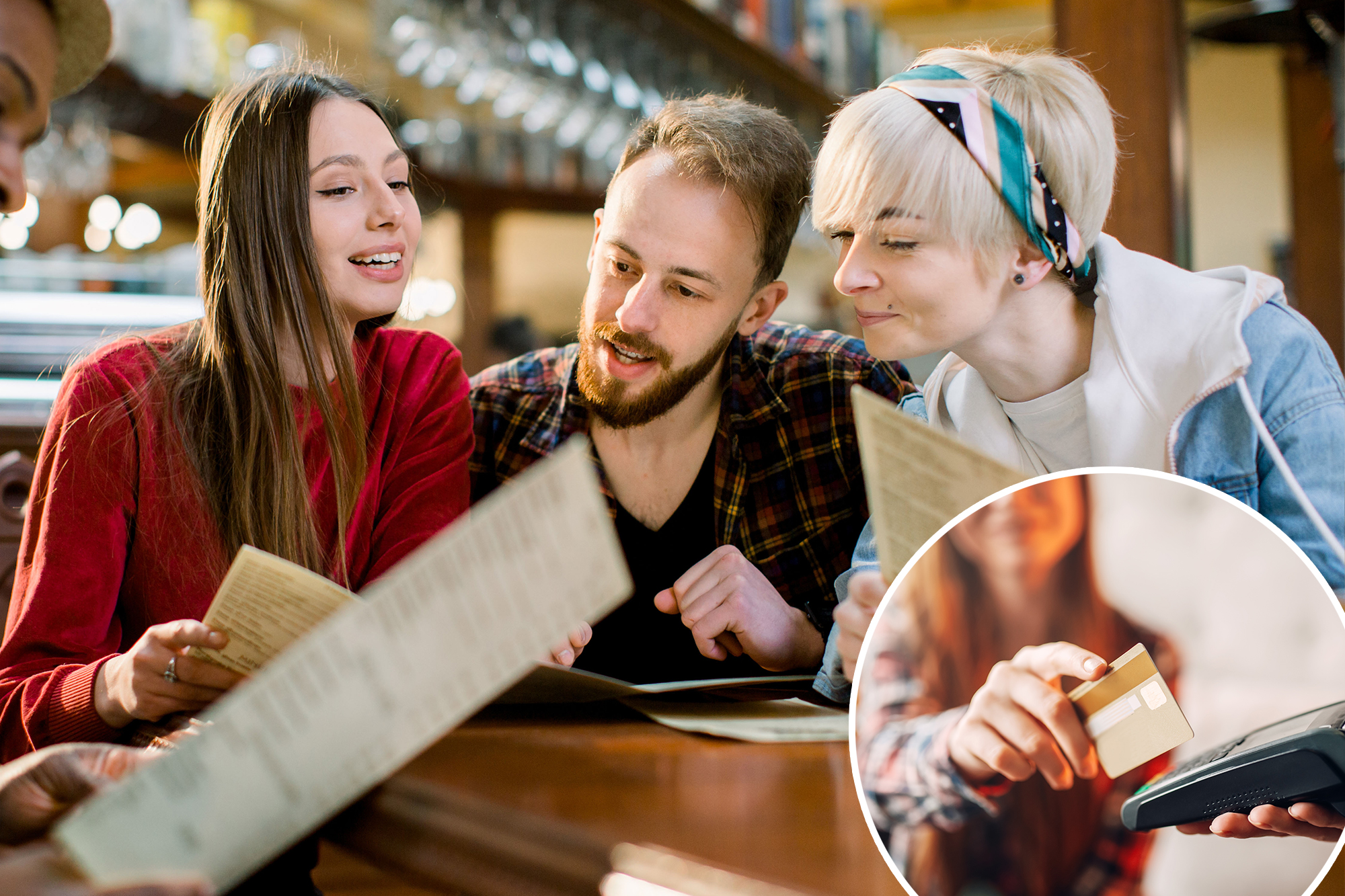
Fodse food for thought.
The next time you look at a restaurant menu, you may notice some features that make you more willing to spend extra money.
In a phenomenon that Delish calls “menu psychology”, eateries attract hungry customers to spend more on a meal through key traits.
“For most restaurants, the goal is to run the repeated business. This means that the main purpose of a restaurant is for customers to let them feel satisfied, “said USC lecturer Dr. Jason Buhle for publication, adding that menus are” an advertising “.
“If a restaurant encourages a dinner to buy more than they want, they can overdo it or feel bad about losing food or money. If a bill is higher than a target client, they will surely prove that final impression when choosing a restaurant next time. “
According to Delish, menus often obscure prices, setting the last number or dropping the dollar mark in order to read “9” instead of “$ 9”.
“The purpose of the restaurants is to set the first food and the second price in the client’s mind,” Buuhle explained. “One way they can do this is by literally listing the first food and the second price.”
Restaurants can also put the most expensive dishes in a separate section, like inside a box or pressing it in a different color font to bring attention.
They can also put these items on top of the menu because of the “advantage effect”, which means that customers will only read a few things in one list and not the rest, for Delish.
But this can also be seen as a “decree dish”, according to the Global Company of Aaron Allen & Associates.
“Some restaurants try to cheat their dinners by placing a slightly more expensive article at the top of the menu,” a blog post reads. “It makes all the other dishes seem to offer more noise for your turkey. He also gives us the impression we are getting a shopping, encouraging us to spend more.”
The company also said that “nostalgia is a powerful force”, encouraging foods to bend in the title dishes with a sentimental twin.
“A carefully formed description can charge almost any dish with an emotional resonance that is hard to resist,” the blog post continued. “Be careful – that seductive slice of ‘grandmother’s apple pie’ you will order has probably been falling into an industrial refrigerator for months.”
Photos, however, should be avoided at all costs, while illustrations are preferred.
“Poor photos can spark disgust, photos of fake food can result in an unpleasant ‘Valley Uncanny’ reaction,” Buhle said. “And fraudulent photos can lead to a loss of consumer trust.”
However, past reports have revealed that a presence of social media with worthy snaps and a large continuation can attract customers to sprinkle in soft menu items.
According to Delish, offering fewer options not only emphasizes the quality of the restaurant, but also limits the stress of choosing many options. After all, previous studies have found that General Z has “anxiety in the menu”.
But these tricks are not foolish – if one does not like a certain ingredient or food, a hidden price, colorful verbs and attractive sketches will not shake them.
“The design of the menu and putting items in the menu can influence the decision of the clients,” Dave Pavesic, a professor of the State University of Georgia, told Professor of Hospitality, Delish told Delish.
“It will not affect customers to buy items they don’t want.”
#restaurants #cheat #spend #money
Image Source : nypost.com